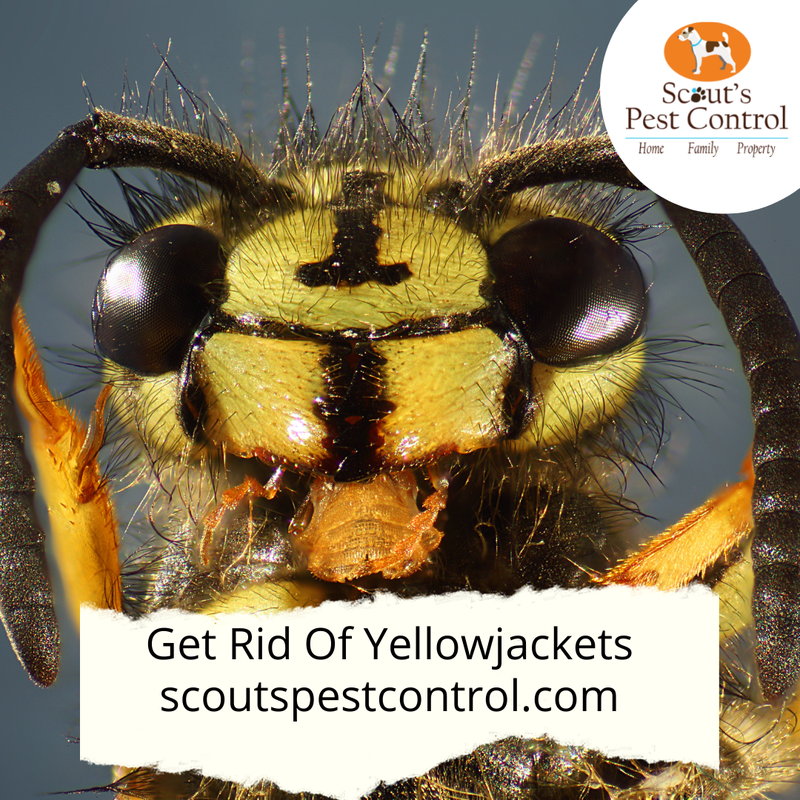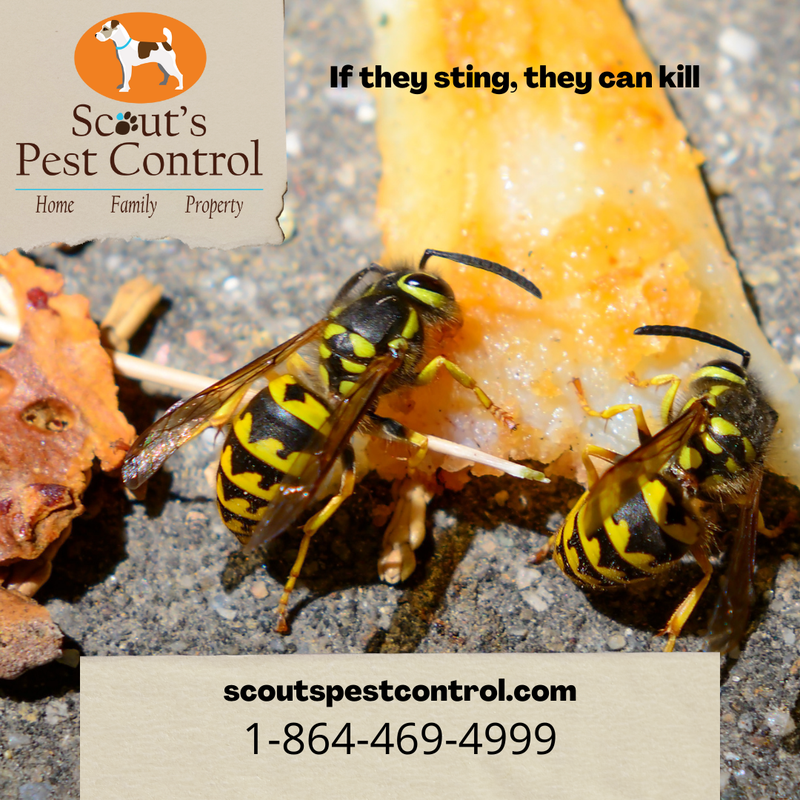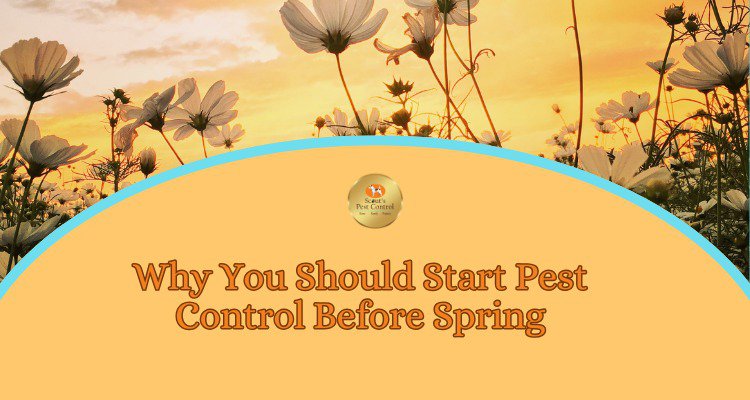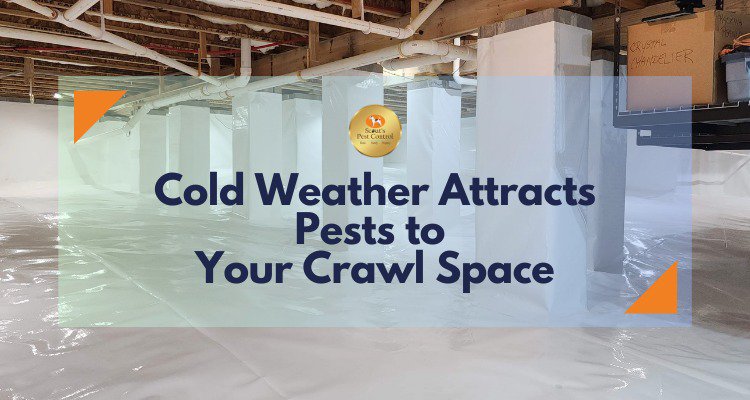Yellow jackets, which is the common pronunciation, but entomologically known as the yellowjacket are also known as “common wasps,” and are a type of insect in the wasp family. Prevalent in almost the entire world, these pesky creatures have established their infamous presence, especially in the USA. The reason they are dangerous is because of their ability to sting consistently and, depending on the individual, can kill, but more about that later on in the article.

Bearing an uncanny resemblance to honeybees – with their noticeable yellow markings and bee-like body – Yellow Jackets live in large colonies and, if disturbed, can be quite a nuisance to people. Many people suffer the consequences of a yellow jacket attack if they come across their nests by accident.
Yellow Jackets aren’t always dangerous. But when they sting, it’s the last thing you’d want. The sting is painful due to the venom within their stinger and the fact they can sting multiple times unlike some of their other relations. So how do you know when to stay away? In this article, we’ll make you aware of just how dangerous Yellowjacket Wasps can be, as well as how you can avoid suffering the extent of their wrath.
Yellowjacket Colonies – How to identify and stay away?

The first step to prevention is to make sure you’re aware of where Yellowjackets live. , Yellowjackets make their nests partially underground. However, they can also be present in vegetation and wood piles. Like their other cousins (Bald-faced Hornets or European hornets), Yellowjackets can also create nests hanging under trees or from ceilings, though it is more likely to have them nest in the ground.
How to Identify Potential Nests
To make your job easier, try to look for holes in the ground around your property. If you notice packs of Yellowjackets roaming around a certain area, chances are they’re protecting their territory. Most people are attacked when they stumble across the nest unwittingly
If you’ve got a detective inside you, there is another trick that you may as well try. This second track includes identifying wasps moving in a straight line. As part of natural selection, Yellowjackets (and other breeds of wasps, for that part) travel in a straight line from food sources to their nests.
Why do Yellowjackets attack?

Yellowjackets attack for one primary reason – to protect their nests from outside threats.
If you wander too close to a Yellowjacket nest and try to disturb the wasps, you risk invoking the wrath of these tiny little creatures (and their sting does pack a punch, mind you). Where they surpass other bees is in the fact that they aren’t rattled after stinging once. Their ability to consistently sting makes these pests a formidable adversary.
Yellowjackets will sting you multiple times if they’re disturbed and therein lies the problem. Some other precautions you may want to take are:
- Not wearing bright colors
- Not wearing sweet perfumes
- Not hit in retaliation as that may trigger other Yellowjackets to attack too
Yellowjacket Sting – The Aftermath and the dangers
The aftermath of a Yellowjacket sting can be quite painful – especially if you’ve been stung multiple times. It is for this reason that a yellow jacket can cause a response in the body called anaphylaxis. Having a reaction to the venom of the yellow jacket can be fatal and even worse if you are stung multiple times by multiple wasps.
Some common symptoms include:
- Coughing
- Tightness in your throat
- Allergic reactions
- Vomiting or Diarrhoea
Most of these symptoms can be treated by simple hacks (which we’ll discuss below) but in case you’re having severe reactions, for example, “if you pass out”, it would be advisable to call 911 and seek medical counsel.
Yellowjacket Sting – How to treat the symptoms?
Yellowjacket Stings can be treated just like other types of wasps. While the experience is a bit more painful, most of the remedies involved are the same. We have included some DIY remedies to treat Yellowjacket Stings here, as outlined by Healthline:
- Using an ice pack
- Apply a paste of water or baking soda
- Use vinegar to stop itching
- Take an antihistamine (like Benadryl)
If the symptoms persist or get severe, it’s best to call 911.

Get Rid Of Yellow Jackets Professionally
As always, prevention is the best medicine. Yellowjackets are mostly out during Spring and Summer and that’s when you want to keep a close eye on your surroundings. Should you come across a yellowjacket nest, do not attempt to remove them yourself or use any DIY products. It is important that you have the eradication of yellowjackets carried out by pest control professionals at Scouts Pest Control.





